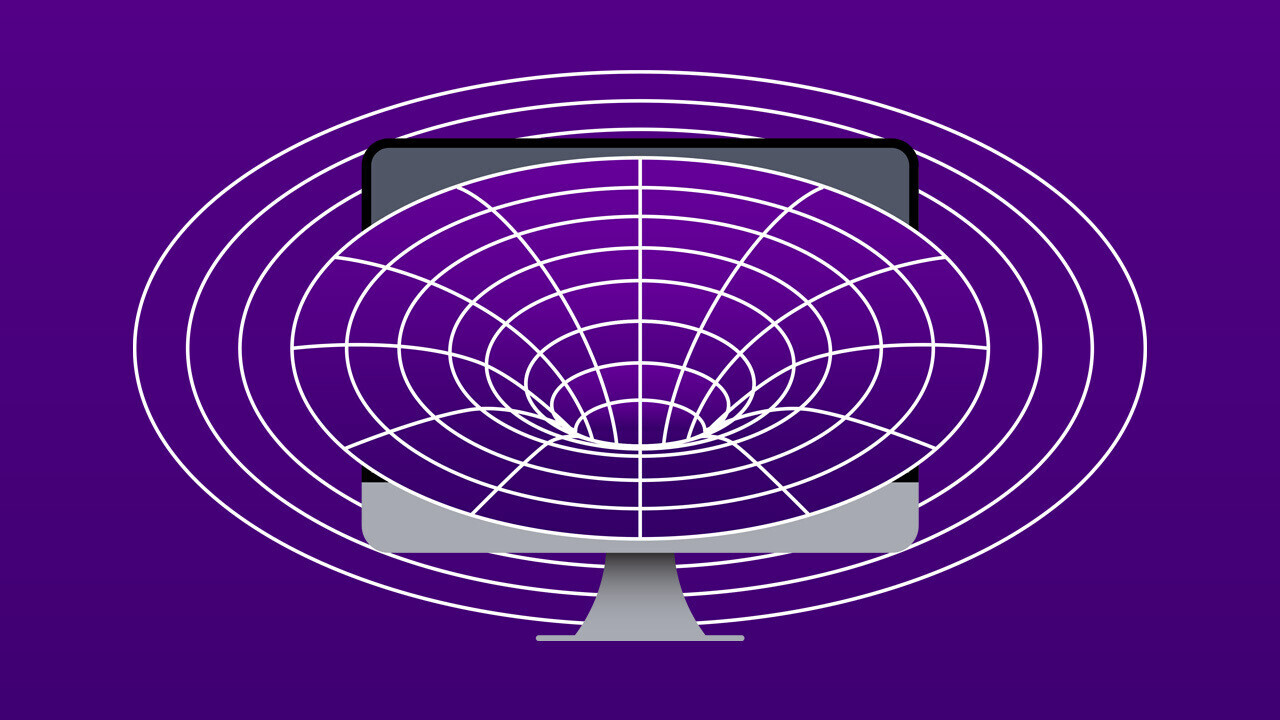5 Elements of High-Quality Software

The software architecture initially puts a foundation for a software project and
lets programmers work on the particular project for many years. The entire
software system’s lifetime, maintainability, and market success depend on this
foundation. Late architectural changes are usually time-consuming and costly for
any software development team. In other words, it’s literally impossible to
change the foundation once a house is built on top of it. Therefore, we always
need to strive to select the optimal architectural pattern with the first
implementation attempt. It’s indeed better to spend more time on early
architectural decisions rather than spending your time fixing the side-effects
of instant non-optimal architectural decisions. First, work on the software
system’s core functionality and stabilize — at this stage, architectural changes
are not much time-consuming. Next, work on features by using the software core’s
functionality. Even though you use a monolithic pattern, you can detach the core
logic from features at the source-code level — not from the architectural level.
SSE kicks the ‘A’ out of SASE
Now comes security service edge (SSE), which pulls back the security functions
in SASE into a unified services offering that includes CASB, zero-trust network
architecture (ZTNA) and secure web gateway (SWG). SSE came in the wake of the
COVID-19 pandemic, with most employees being sent home to work and putting in
motion the ongoing trend toward hybrid work. With many people working from home
at least part of the time, the role of branch offices is lessened and the need
for security features that follow workers where they are – with work days
starting from home and then moving to offices or other locations – is growing.
What the role of SSE is in the larger network security space is and what it
means for the future of SASE are the subjects of some debate in the industry.
However, it puts a spotlight on the ongoing evolution of networking as the
definition of work continues to change and the focus of IT shifts from the
traditional central data center data and workloads in the cloud and at the edge.
Once the pandemic hit, "it was no longer about branch offices," said John
Spiegel, director of strategy at Axis Security, which in April launched Atmos,
its SSE platform.
What Is Zero Trust Network Access (ZTNA)?

To begin, the idea behind the entire zero trust network access starts with the
assumption that cybersecurity attacks can be a result of who is internal and who
is external to the network. A traditional IT network trusts pretty much
everything while a zero trust architecture network literally means “trust no
one” including systems, users, software, and machines. Zero trust network access
verifies a user’s identity and privileges and forces both users and devices to
be continuously monitored and re-verified to maintain access. For example, let’s
say that you log in to your bank account via a mobile device or even your laptop
computer. Once you check your balance, you open a new tab to continue something
else outside of the bank account screen. After a while, that tab will produce a
pop-up with a timeout warning asking if you want to continue or log out. If you
don’t reply in time, it will automatically log you out of the screen and you
will be forced to log back in if you want to access your bank account details
again.
Determining “nonnegotiables” in the new hybrid era of work
Skill development is another function that takes place at the group level. So,
in the hybrid era, it’s also important to avoid losing those opportunities. As
Degreed’s Chief Learning and Talent Officer Kelly Palmer wrote for the World
Economic Forum, it’s helpful to use hybrid employees’ time at the office for
“collaborative projects in which their new skills can be put to work,” while
“fully remote companies can organize virtual collaborations.” Prioritizing
development on both the individual and team levels is also a nonnegotiable
because of the challenges presented to organizations by skill gaps. “Half of all
employees around the world will need reskilling by 2025—and that number does not
include all the people who are currently not in employment,” PwC Global Chairman
Robert E. Moritz and World Economic Forum Managing Director Saadia Zahidi wrote
in the 2021 report Upskilling for Shared Prosperity.
Things that will remain in the inkwell in the new European regulation of artificial intelligence

The European Union took a step forward and a year ago presented a proposal for
a pioneering regulation in the world, which divides AI technologies into four
categories based on the risk they may pose to citizens. But some experts point
out that there are complex applications that, in their current wording, could
be left out of regulation. Health, autonomous cars and weapons, among others.
The EU debates the last fringes of the regulations on AI, which could be ready
in 2023. A regulation that is “unique in the world” due to its
characteristics, although it leaves important aspects in the shadows, says
Lucía Ortiz de Zárate, Researcher in Ethics and Governance of Artificial
Intelligence at the Autonomous University of Madrid. Ortiz de Zárate has
submitted, together with the Fundación Alternativas, comments on the
Commission’s proposal. ... This researcher misses the fact that there are
sensitive sectors that are not included in the most closely watched artificial
intelligence classifications, as is the case of health.
How To Re-Architect Four Business Components With Digital Transformation

Going paperless and modernizing IT won't drive digital transformation on their
own. On the contrary, true digital transformations encompass reevaluating
current business processes and re-architecting them from the ground up to
effectuate radical change. The key to successful digital transformation is to
establish and seamlessly intertwine four core pillars: technology and
infrastructure, business processes and models, customer experience and
organizational culture. In my experience as an entrepreneur operating a
digital transformation agency, high-performing organizations and digital
leaders are able to continuously re-evaluate their core, identify weaknesses
and opportunities and guide their teams through the ongoing transformation of
all four pillars simultaneously to achieve defined goals. Whether it's an
implementation of AI-driven analytics or a new customer portal, all components
of the four pillars need to be considered and transformed in unison to achieve
transformation goals and deliver tangible results. Initiatives that touch only
the technology or infrastructure may drive improvement, but they're rarely
transformative.
Deep Dive: Protecting Against Container Threats in the Cloud

Container technology, like other types of infrastructure, can be compromised
in a number of different ways – however, misconfiguration reigns atop the
initial-access leaderboard. According to a recent Gartner analysis, through
2025, more than 99 percent of cloud breaches will have a root cause of
customer misconfigurations or mistakes. “Containers are often deployed in sets
and in very dynamic environments,” Nunnikhoven explained. “The
misconfiguration of access, networking and other settings can lead to an
opportunity for cybercriminals.” Trevor Morgan, product manager at comforte
AG, noted that companies, especially smaller companies, are generally using
default configuration settings vs. more sophisticated and granular
configuration capabilities: “Basic misconfigurations or accepting default
settings that are far less secure than customized settings.” That can lead to
big (and expensive) problems. For instance, last June the “Siloscape” malware
was discovered, which is the first known malware to target Windows containers.
It breaks out of Kubernetes clusters to plant backdoors, raid nodes for
credentials or even hijack an entire database hosted in a cluster. ...”
DAOs: A blockchain-based replacement for traditional crowdfunding
Digital crowdfunding platforms like GoFundMe, Patreon and Kickstarter have
enjoyed massive patronage over the past 10 years. This growth can be
attributed primarily to the nature of crowdfunding which is set up with
minimal risk. This risk is spread across all contributors of a particular idea
or startup. Start-ups with financial needs will find that getting funding from
traditional institutions is no easy feat. These institutions take on quite a
lot of the risk involved in financing business ideas that could end badly.
With a global economy still reeling from the pandemic, the accessibility and
much less bureaucratic nature of DAOs as a tool for crowdfunding have been a
primal factor in its growth. Digitalized crowdfunding in the form of DAOs has
eliminated some traditional limits of the financing form. The simplicity makes
it a disruptive force to traditional crowdfunding methods. Emmet Halm dropped
out of Harvard to found DAOHQ. DAOHQ bills itself as the first marketplace for
DAOs where users can find information about any DAO.
A regular person’s guide to the mind-blowing world of hybrid quantum computing

Quantum computers allow us to harness the power of entanglement. Instead of
waiting for one command to execute, as binary computers do, quantum computers
can come to all of their conclusions at once. In essence, they’re able to come
up with (nearly) all the possible answers at the same time. The main benefit
to this is time. A simulation or optimization task that might take a
supercomputer a month to process could be completed in mere seconds on a
quantum computer. The most commonly cited example of this is drug discovery.
In order to create new drugs, scientists have to study their chemical
interactions. It’s a lot like looking for a needle in a never-ending field of
haystacks. There are near-infinite possible chemical combinations in the
universe, sorting out their individual combined chemical reactions is a task
no supercomputer can do within a useful amount of time. Quantum computing
promises to accelerate these kinds of tasks and make previously impossible
computations commonplace. But it takes more than just expensive, cutting-edge
hardware to produce these ultra-fast outputs.
Go Language Riding High with Devs, But Has a Few Challenges
Among the most significant technical barriers to increased Go language
adoption are missing features and lack of ecosystem/library support. “We asked
for more details on what features or libraries respondents were missing and
found that generics was the most common critical missing feature — we expect
this to be a less significant barrier after the introduction of generics in Go
1.18,” wrote Alice Merrick, a user experience researcher at Google, in a post
on the Go Blog discussing the 2021 survey. “The next most common missing
features had to do with Go’s type system.” The Go community added generics to
the Go language in release 1.18 of the language. Release 1.18, delivered last
month, provides new features to enhance security and developer productivity,
and improve the performance of Go. Steve Francia, Google Cloud’s Product
& Strategic Lead for Go, called the new update “monumental” and said
generics was the most sought-after feature by developers. “With generics, this
specific feature has been the most sought-after feature in go for the last 10
years,” Francia said.
Quote for the day:
"It takes an influential leader to
excellently raise up leaders of influence." --
Anyaele Sam Chiyson
No comments:
Post a Comment